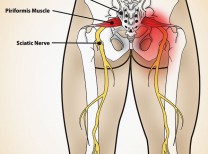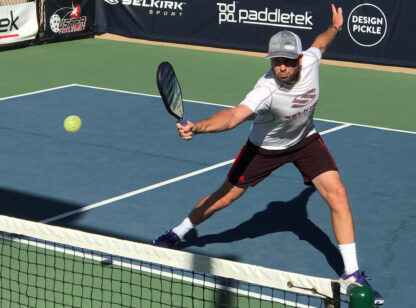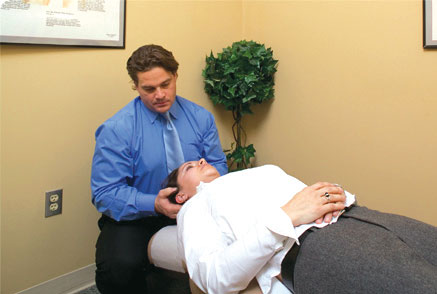The latest in pain management medicine focuses on promoting the body’s natural healing process before turning to surgical repair or pain medications. The treatment is called Prolotherapy. Prolotherapy is a procedure that promotes the proliferation (growth) of new tissue in areas of damage. By stimulating the body’s inflammatory response around the injury, the body’s natural healing process is re-engaged. One therapeutic effect is creation of new collagen, the material that strengthens ligaments and tendons.[sup]7[/sup] New collagen shrinks as it matures. The shrinking collagen fortifies the connective tissues making them stronger, relieving pain and increasing stability and range of motion.[sup]1[/sup]
Prolotherapy is an appropriate treatment for ligaments, cartilage, tendons and disks that are torn or degenerated. Prolotherapy is not only for recent injuries. Injuries over a decade old can be helped with Prolotherapy by allowing the injured joint and connective tissue to heal in a more complete manner.
The technique involves 3-6 rounds of injections. The injections consist of a 100% natural substance that facilitates growth and repair.[sup]8[/sup] There are a variety of solutions used for Prolotherapy injections. Depending on the indication, solutions include osmotic proliferants (such as dextrose) and chemotactic proliferants (ie. sodium salts derived from fatty acids), both of which attract the immune cells to the injured area. Other Prolotherapy solutions utilize growth factors such as platelet rich plasma.
The side effects are minimal, and most commonly manifests in soreness in the joint for 24-48 hours post treatment. Prolotherapy is the opposite of cortisone injections. Prolotherapy builds new tissue; cortisone breaks down the existing tissue.
Conditions that have been proven to benefit from Prolotherapy include tendonitis, ligament sprains, tennis elbow, rotator cuff pain, meniscus tears, arthritis, sciatica, neck pain, bunions and sports injuries to name a few. Prolotherapy is cost effective when compared to surgery and pain medication. The procedure doesn’t require down time or rehab, and one can expect to continue with normal activities immediately after injections have been administered.[sup]5,6[/sup]
The treatment is commonly used in sports medicine. In the last decade, Prolotherapy has consistently shown impressive scientific studies and clinical outcomes. Dean Reeves, MD is the leading researcher of Prolotherapy in our country and has published several studies online. The Mayo Clinic and other major institutions have recently recognized its benefit as well.[sup]4[/sup]
An ambitious group of doctors across the country, including the former surgeon general C. Everett Koop, are using this innovative treatment as an alternative to surgery. I have found this treatment life altering, as Prolotherapy repaired my own partial ACL tear, upper back sprain, and an abdominal muscle tear. This firsthand experience, along with hundreds of our patients who have benefited from Prolotherapy, speaks to the results from Prolotherapy as an alternative pain treatment. For additional information on this treatment visit www.GetProlo.com.
Dr. Nicole Ortiz is co-owner of Live Well Clinic. For more info call 760-771-5970 or visit www.livewellclinic.org.
1) Reeves KD Hassanein K Long term effects of dextrose Prolotherapy for anterior cruciate ligament laxity: A prospective and consecutive patient study. Alt Ther Hlth Med May-Jun 2003, 9 (3): p58-62. 2) http://www.journalofProlotherapy.com/what_is_prolo.php. 3) Reeves, Dean. www.neurofascial.com/. 4) Mayo Clinic (2005). “Alternative treatments: Dealing with chronic pain”. Mayo Clinic Health Letter 23 (4). 5) Merrill, C. (Thomson Healthcare) et al. (AHRQ). Hospital Stays Involving Musculoskeletal Procedures, 1997–2005. HCUP Statistical Brief #34. July 2007. Agency for Healthcare Research and Quality, Rockville, MD. http://www.hcup-us.ahrq.gov/reports/statbriefs/sb34.pdf. 6) United States Bone and Joint Decade: The burden of musculoskeletal diseases in the United States. Rosemont, IL: American Academy of Orthopaedic Surgeons;2008. 7) http://www.getprolo.com/what_is_Prolotherapy.htm. 8) www.valdezmd.com/Prolotherapy%20Basic%20Science_Dean_Reeves.pdf









































Comments (0)